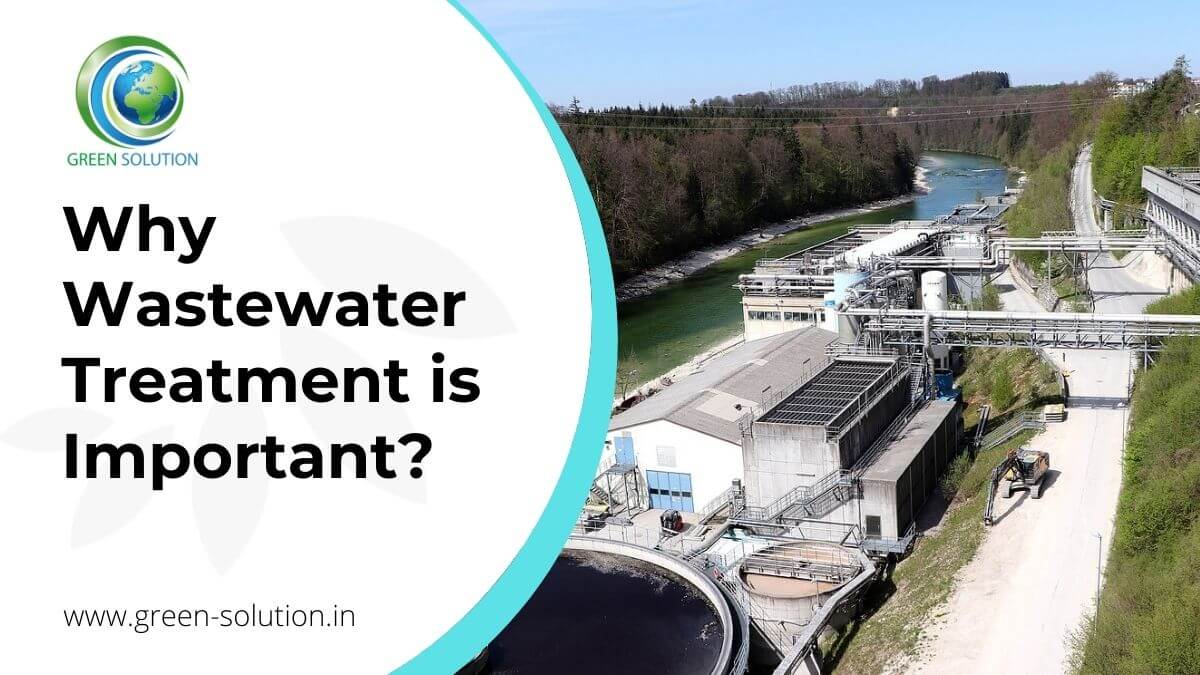Some Ideas on Reclaim Waste You Need To Know
Wiki Article
The Basic Principles Of Reclaim Waste
Table of ContentsNot known Facts About Reclaim WasteExamine This Report on Reclaim WasteIndicators on Reclaim Waste You Should KnowOur Reclaim Waste DiariesSome Known Incorrect Statements About Reclaim Waste
Domestic sewage waste refers to the waste and items from a household septic storage tank. The appropriate monitoring and disposal of domestic sewer waste need liquid waste to be moved to a sewage treatment plant where the correct methods and equipment are used to detoxify and dispose of waste.
Commercial waste commonly includes prospective threats, such as combustible products or a mix of liquid and strong waste products, and requires an extra sophisticated and thorough disposal process. The disposal of business waste commonly includes the filtration of waste prior to transportation to make certain risk-free and correct disposal. Hazardous waste is produced from by-products and overflow of industrial processes and manufacturing.
This kind of waste can not make use of the exact same sewer monitoring transport or processes as septic or industrial fluids. The industrial waste management process requires the examination and screening of fluid waste prior to it goes through the disposal procedure (liquid waste disposal melbourne). Runoff waste is the fluid waste that originates from runoff and excess stormwater in highly booming locations or cities
Overflow waste can create contamination and flooding if not taken care of effectively. Find out extra regarding sewage system cleansing and waste administration. Making certain correct waste monitoring can avoid catastrophes and lower environmental injury. Both individuals in household setups and professionals in industrial or manufacturing markets can take advantage of recognizing the processes and guidelines of liquid waste monitoring.
The 7-Minute Rule for Reclaim Waste
Contact PROS Solutions today to learn more about our waste monitoring and disposal services and the proper ways to look after the liquid waste you create.(https://www.imdb.com/user/ur191403836/?ref_=nv_usr_prof_2)This supposed 'wastewater' is not only an important resource yet, after treatment, will certainly be released to our land, waterways or the sea. Utilized water from toilets, showers, baths, kitchen area sinks, laundries and commercial processes is understood as wastewater.

water made use of to cool machinery or clean plant and tools). Stormwater, a type of wastewater, is runoff that flows from farming and metropolitan areas such as roofing systems, parks, gardens, roads, paths and seamless gutters into stormwater drains, after rain. Stormwater streams without treatment directly to local creeks or rivers, at some point reaching the sea.
What Does Reclaim Waste Do?
In Queensland, the majority of wastewater is dealt with at sewer treatment plants. Wastewater is carried from residential or commercial sites with a system of sewage systems and pump terminals, referred to as sewerage reticulation, to a sewage treatment plant. City governments construct, keep and run most sewage therapy plants. Operators are accredited under the Environmental Protection Act 1994 to release treated wastewater at an acceptable ecological standard into waterways.The Division of Natural Resources recommends neighborhood federal governments concerning handling, operating and keeping sewage systems and therapy plants. In unsewered areas, city governments may require homeowners to mount private or family sewage therapy systems to treat domestic wastewater from commodes, kitchen areas, shower rooms and laundries. The Division of Natural Resources authorizes using family systems when they are confirmed to be effective.
Most stormwater obtains no therapy. In some brand-new subdivisions, treatment of some stormwater to eliminate clutter, sand and crushed rock has actually begun utilizing gross pollutant traps. Wastewater treatment takes place in four stages: Removes solid matter. Bigger solids, such as plastics and various other things mistakenly discharged to sewage systems, are eliminated when wastewater is passed via screens.
Wastewater then flows right into big tanks where solids settle and are removed as sludge. Grease and residue are skimmed from the surface area. Utilizes tiny living microorganisms referred to as micro-organisms to damage down and eliminate remaining liquified wastes and great bits. Micro-organisms and wastes are included in the sludge. Eliminates nitrogen and phosphorus nutrients that can create algal blooms in our rivers and intimidate aquatic life.
The Best Strategy To Use For Reclaim Waste
Nutrient elimination is not offered in any way sewage treatment plants due to the fact that it needs pricey specialized equipment. It is coming to be extra usual in Queensland. Clear fluid effluent created after therapy may still consist of disease-causing micro-organisms. If this effluent is released into waterways such as rivers or the sea, the micro-organisms will at some point pass away out.
The majority of wastewater streams right into the sewage system. Under the Act, regional governments administer authorizations and licences for environmentally pertinent tasks (ERAs) including wastewater releases that could have a local influence.
The 7-Minute Rule for Reclaim Waste
Otherwise, examples are taken for research laboratory analysis. Usually lots of examinations are needed to develop the levels of each of the various pollutants such as oils, heavy metals and pesticides in water. Monitoring gives factual information concerning water quality and can validate that permit conditions are being met. The info acquired via monitoring supplies the basis for making water quality decisions.Report this wiki page